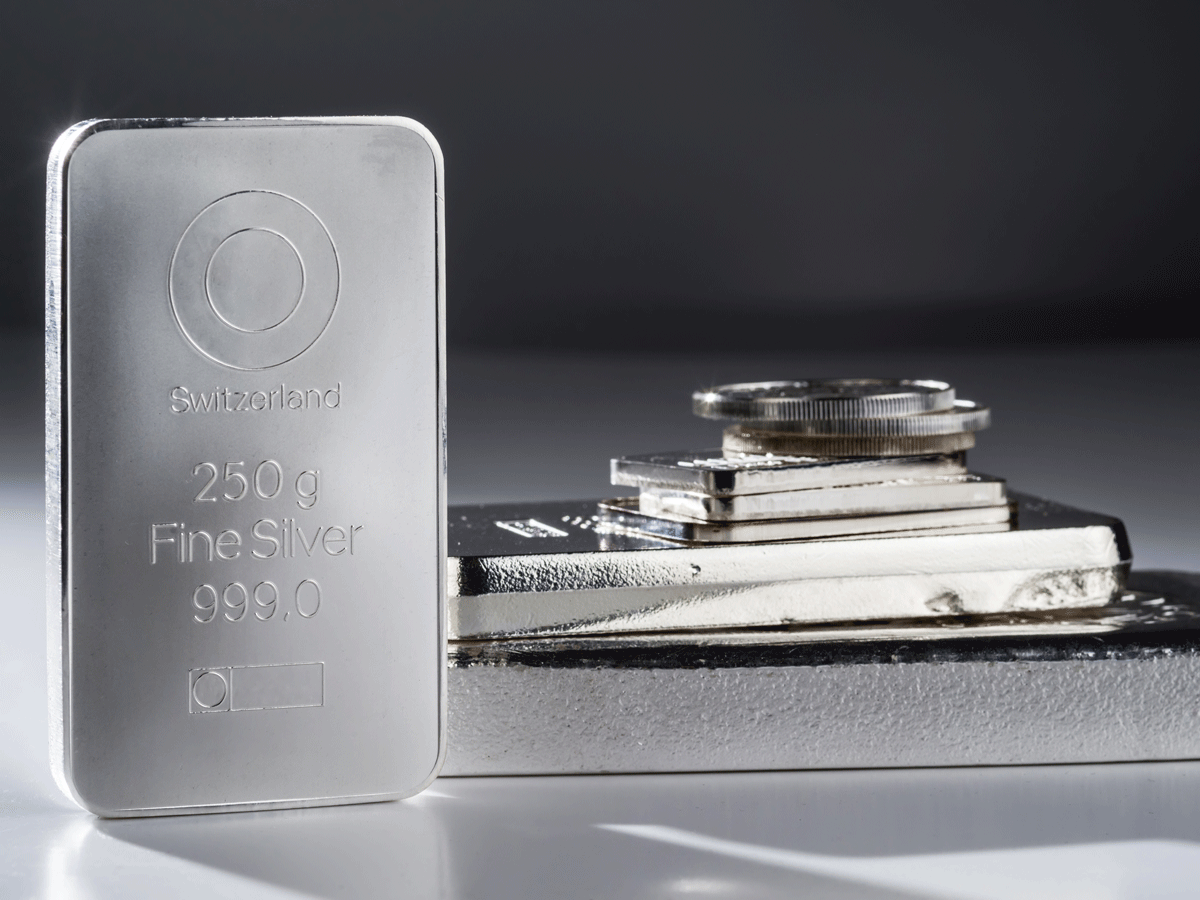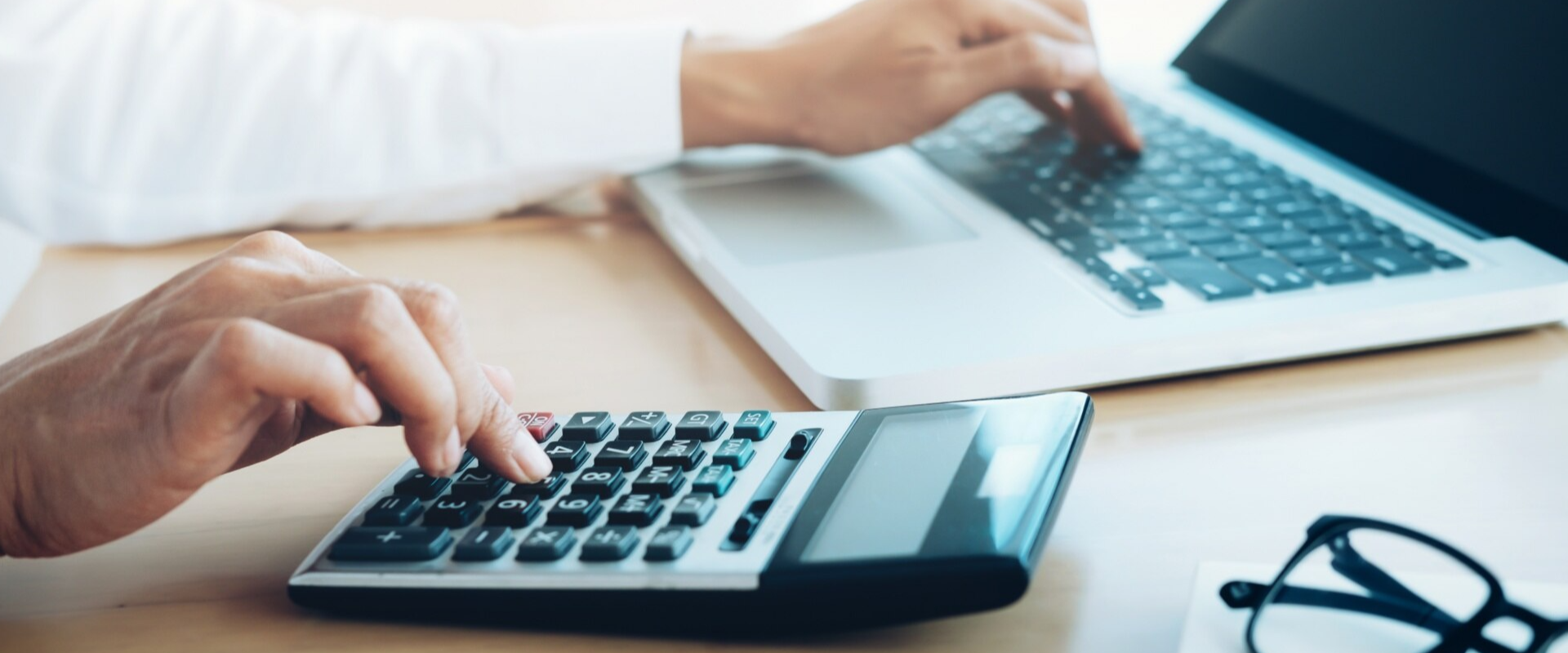Many people are familiar with silver coins and bars and see them offered on television or on websites, but a large number of these products can also disrupt the market. Their prices increase or decrease daily with the price of precious metals. Plus, their buying and selling prices are easy to understand. These precious metals are measured by the troy ounce which is different to the Avoirdupois weight of your bathroom or your mailing. The Troy ounce is approximately 10% heavier than the Avoirdupois weight.
These bullion products pass directly through the New York Commodity Exchange, which opens at 5:30 a.m. and closes at 10:30 a.m. California time. After the close of the COMEX (Commodity Exchange), the price of these coins generally remains fixed until the start of the following trading day. However, there is a secondary market, which can lead to price variations.
A definition of an investment coin: a coin with a little premium over the content or the weight value of the coin. When you buy silver bullion coins, you only buy the commodity itself. Coins like this will rise in value if world markets go up and decrease in value if world markets go down. This happens because the makers of bullion produce many of them each year, and it eliminates the idea that these coins are scarce in a sense, it is not the same with government-issued bullion coins.
So what is the difference between a silver coin and an silver bar?
In the early days of the bullion trade, bullion bars were popular. People became interested in owning silver, so the volume of trading increased dramatically, sometimes causing issues with the quality of bullion produced in general. Most silver bullion products were produced by private companies, so it was sometimes difficult to know their exact weight and purity. This created confusion and did not encourage investor participation. Governments, therefore, decided to produce legal tender silver coins. The production of a silver coin to replace the bars was more desirable, as international standards had been developed and coins were produced in a uniform manner. So basically by doing this government mints were producing legal tender silver bullion coins with a certificate of authenticity. Government Minted silver coins are easier to divest because they are easier to authenticate. They are also internally recognised and sell at a higher premium compared to silver bars. They can, if the situation calls for it (like a sudden collapse of the global fiat system) be used for trade. This is the reason why more people buy silver bullion.
Private investors should be aware that these old silver coins are no longer produced. This means that if demand increases due to scarcity, the price relative to their normal silver value may be at stake. Higher prices also develop because the survivors, who only want silver coins for barter, insist on a particular form of silver bullion. The premium on 90% silver can range from a negative value (exchange for less than content) to a positive value and price up to 30% of their real silver weight.
Another great way to own silver bullion is by investing in 100 troy ounce bars with a .999 fineness. Keep in mind that not all bars can be the same. Some 100oz bars are better than others, a detail many bullion dealers neglect to mention, especially if they don’t provide the best available bullion bar. Your retailer will be required to report a sale of 100 oz bar when you sell 10 or more. The Australian Silver Kangaroo bullion coin has been produced by the Perth Mint since 1993. They are legal tender coins with a face value of $1. Each coin contains a 1 troy ounce of silver with a fineness of .9999. Other popular Australian coins are the silver Kookaburas and koalas but these sell for a premium.











Comments